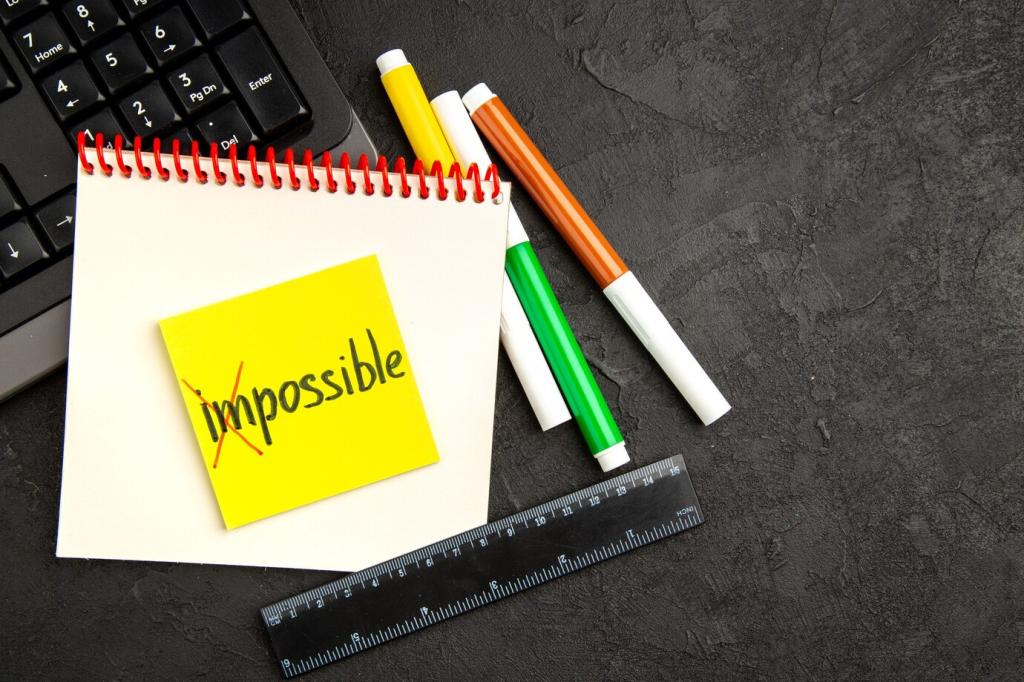Mindset Matters: Confidence Without Recklessness
Pick one skill per ride: maybe front brake feel or looking through corners. Note one improvement afterward. Celebrate small wins to reduce pressure and keep progress rolling, especially after days when trails or weather feel a little intimidating.
Mindset Matters: Confidence Without Recklessness
Write down the specific worry, like front wheel washout. Design a drill that addresses it gently. Naming fear reduces its power, and a thoughtful session plan channels nerves into focused practice rather than rushed, risky experimentation on unfamiliar terrain.
Mindset Matters: Confidence Without Recklessness
Ride with supportive friends or a beginner-friendly group. Share goals at the trailhead and check in afterward. Positive accountability fosters safer decisions, steadier growth, and warm encouragement when you decide to walk a feature instead of forcing it.





